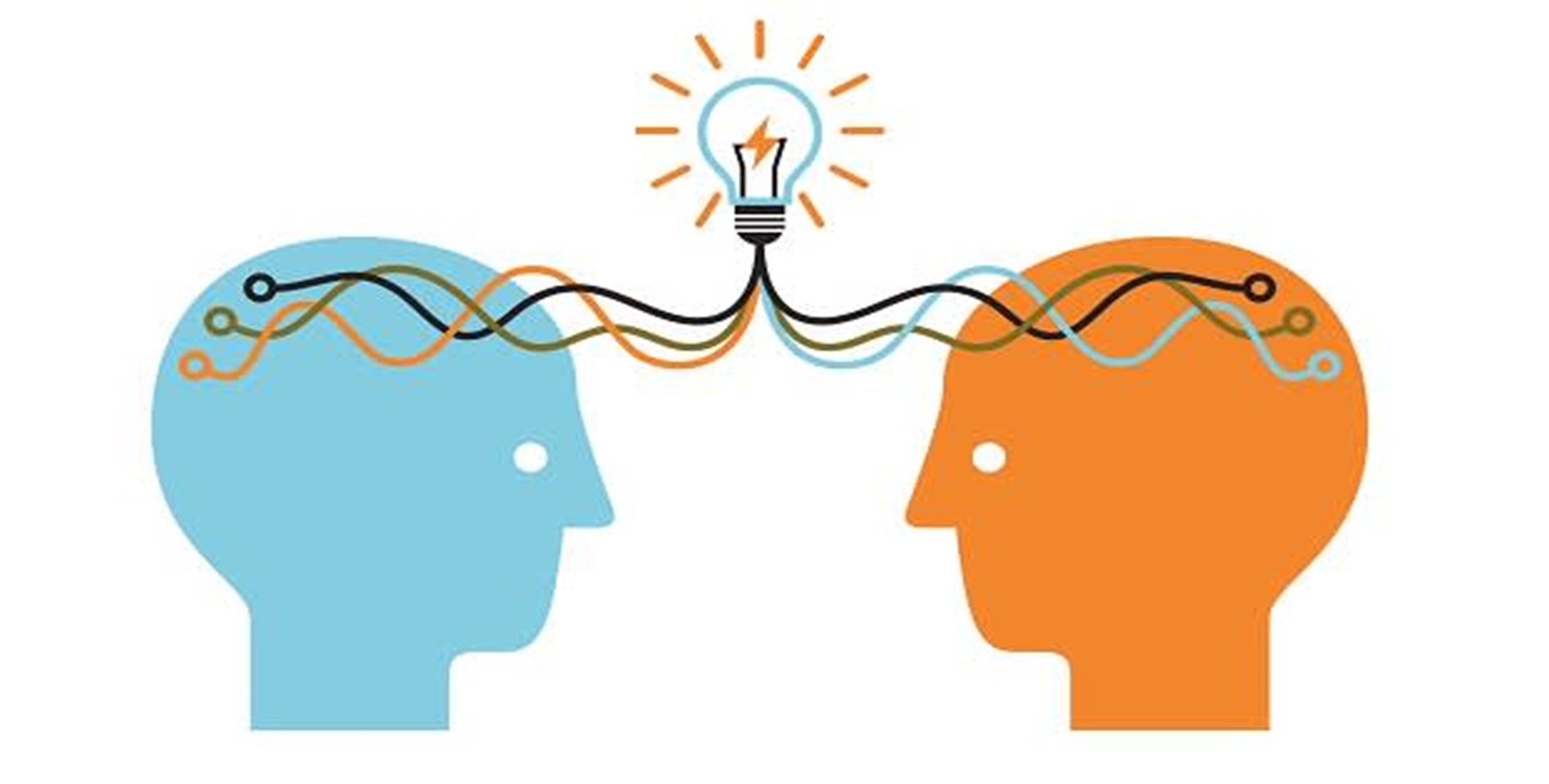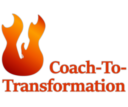

How to read a 360 degree assessment
- Aug 05th 2015
This post is about how to read a 360 degree assessment and not on the usefulness of these assessments or how they are being used in the industry today. I have been on both the sides of these assessments; I have gone through one myself and I have done it for others as part of the programs I run for organizations. You have to be conscious about what you do when you go through a 360 degree assessment at the various stages:
Stage 1 – While doing your own self assessment: It is important to remember while doing your own self assessment that this is truth about yourself that you are telling yourself. Nobody else is ever going to look at what you have reported in this assessment. It is for your self awareness, inference and accepting some truths without fear of anybody else peeping into it. So be truthful, open minded and in an acceptance mode when you are doing this.


Stage 2 – While selecting observers for feedback: This stage is as critical as being truthful to yourself. It is again important to remember that this feedback is only visible to you and nobody else. So selecting the right set of observers will provide you a perspective to things that you have never thought was possible. You are able to know about perceptions which you were not aware of till now existed in your world. For some people this feedback comes as a huge surprise and shock. To find, that people around them can actually see through the facade they thought was working perfectly. So while choosing observers keep these points in mind:
- Select observers which you believe are typically frank with you when giving feedback
- Don’t look for people who will give a good picture of you for whatever reasons. If you don’t have a choice, remind these observers that they have to be truthful in their responses and not worry about the identity. Give clear instructions.
- Select those who are ready to invest time in you for giving feedback. Don’t try to push people into a feedback as they would do a shoddy job of it in a hurry.
- Include as many diverse people into it – peers, direct reports, vendors, clients, family, friends, etc. They see you interact everyday and can give you different facades that you wear while dealing with them.
Stage 3 – Reading the assessment report: For some people this stage can be really scary! They are aware of what kind of feedback they might get and they are actually not prepared for it. So some points to remember before you start reading:
- This is a confidential report. Nobody else has read this! Nobody needs to read it as well, until you decide to share.
- Remind yourself that this report is for your self awareness and betterment.
- People have invested their precious time to give you feedback and they want to support you in your journey. So say a silent “Thank You” to all the people who did it for you.
- Don’t try to even think who would have said what and identify them. It would be a futile exercise and does not add value to you at all.
- The feedback was not a judgement of who you are. It is just a reflection of the facade you wear every time you interact with them. You are being shown a mirror and there is only you on the other side of mirror and nobody else.
- You have the choice to accept or reject the feedback given. But think deeply before making that choice. Both for accepting or rejecting.
There is never anybody in the “other boat”. This journey is yours and only you can make this better. So using the assessment to become a better person and leading a better life is up to you. Always remember, “You have the choice!”
Image courtesy www.freedigitalphotos.net


Rajat Garg
Rajat is a Master Certified Coach (MCC) with over 18 years of industry experience and over 2500 hours of coaching experience, helping people and organizations attain maximum effectiveness. His background includes working with CXOs, senior managers, managers and board of directors of small private companies to multi-billion dollar publicly traded organizations.









0